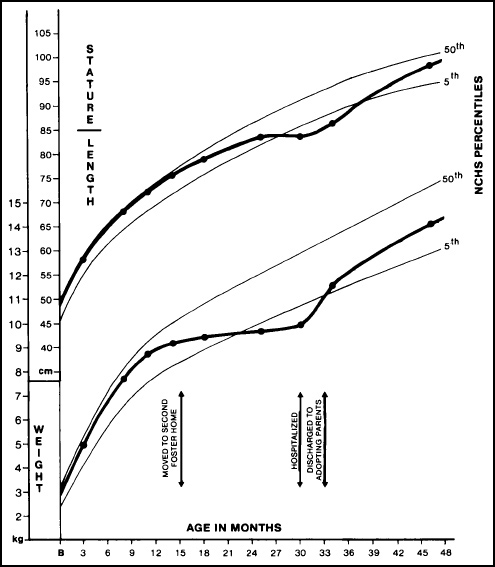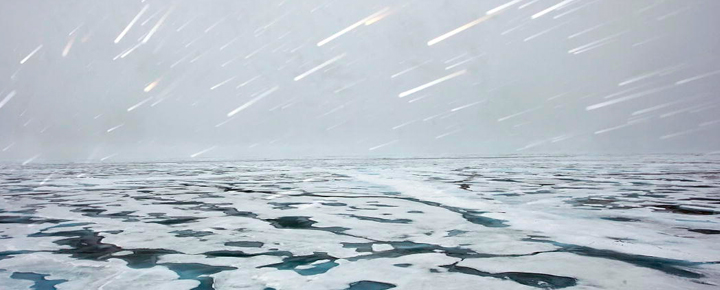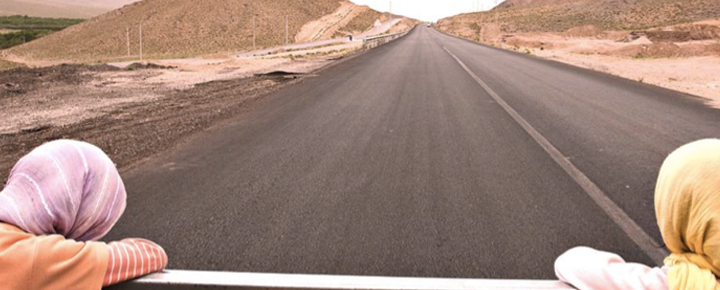One of the pleasures of my work is having regular contact with a community of thinkers whose collective interests wend (albeit in a eclectic way) through various tributaries of the contemporary arts and sciences.
When different constituents in this network start pointing to the same thing, it’s a pretty reliable proxy for its significance, or at the very least its interest. So it seemed more than kismet a few months ago when three unrelated colleagues pointed me to recent work by ecologist Keith Tidball at Cornell University, specifically his work on “urgent biophilia”.
Tidball’s contribution is a nuanced expansion of the term first introduced by E.O. Wilson in his 1984 landmark book, to express humanity’s innate preferences for living things, the “connections that human beings subconsciously seek with the rest of life”:
From infancy we concentrate happily on ourselves and other organisms. We learn to distinguish life from the inanimate and move toward it like moths to a porch light. Novelty and diversity are particularly esteemed; the mere mention of the word extraterrestrial evokes reveries about still unexplored life, displacing the old and once potent exotic that drew earlier generations to remote islands and jungled interiors …
To affiliate with life is a deep and complicated process in mental development. To an extent still undervalued in philosophy and religion, our existence depends on this propensity, our spirit is woven from it, hope rises on its currents.
Tidball elaborates on Wilson’s original concept of biophilia, connecting it to our response to disasters. He suggests that catastrophes may stir within us a vital instinct to reengage with nature, in ways that restore not only the environment, but also ourselves:
… when humans, faced with urgent disaster or hazard situations, when individuals and as communities and populations seek out doses of contact and engagement with nature to further their efforts to summon and demonstrate resilience in the face of a crisis, they exemplify an urgent biophilia … [T]he affinity we humans have for the rest of nature, the process of remembering that affinity and the urge to express it through creation of restorative environments, which may also restore or increase ecological function, may confer resilience across multiple scales.
Such an instinctive turn toward nature after disaster might initially strike one as counterintuitive. After all, there might not be any such thing as a ‘natural’ disaster, but many catastrophes feature significant ecological disruption. It seems just as plausible that, in the wake of such tumult, people might turn away from nature, expressing a kind of ‘urgent antibiophilia’.
Yet, in my own conversations with people in disaster-affected areas around the world, engagement with the natural world often surfaces as an important part of the post-disaster healing process. In New Orleans, after Katrina, a woman described how she and her neighbors planted trees throughout their neighborhood, both as a symbol of their own commitment to place, and (in a spirit of defiance and solidarity) to assert new ecological ‘facts on the ground’. A tornado victim from Joplin, MS told me he replanted tomatoes almost immediately after the tornadoes, “just to have living things around”.
In these, and countless other similar encounters, the conversation is almost never about dominance or reasserting control over nature, but rather about communion, consolation, recovery, and the restoration of coherence. One often hears synonyms for words like awakening, reckoning, correction, redemption, rebalancing, and even liberation through the disaster event.
For understandable reasons, the dialogue around disasters rarely exceeds a tally of what has been lost, harmed and broken. Almost never do we speak about broader cognitive and spiritual shifts that sometime attend such disruptions, out of an understandable fear of diminishing what has been often horrifically rent apart.
Yet for some (certainly not all) of those in a disaster-affected community, the period after a disruption can be one of profound, even peak significance. The loss of the usual signposts of life that attend a catastrophe can also liberate us from social norms and expectations, freeing us to think and act in new ways, surprising even ourselves. Amid the sorrow and confusion that follow any disaster, some people in affected communities experience a deepened sense of meaning and purpose, of increased agency, possibility and commonweal. Connections to place, to community, and to nature intensify, becoming more vivid and more sacred. Individuals can find themselves slipping into an entirely different kind of time, called kairotic time – not the chronological time of days, but closer to the psychological time found in novels – measured by the internal psychological progress of its protagonists, through a series of dilemmas and contradictions, toward a moment of resolution and purpose. In kairotic moments, the subjective experience of time itself is enlarged and its meaning is transformed. A Haitian colleague once told me that the earthquake “crucified her old life and set her free in her new one”. The choice of words hardly seemed accidental.
What is true for individuals seems likely true for communities as well. If the preexisting bonds of trust and solidarity are sufficiently strong, the post-crisis moment can be one of collective imagination and creative possibility, liberated from at least some prior constraints.
It seems likely that these aspects of human nature – our urgent biophilia and the possibility of post-crisis kairosis – are intertwined and mutually reinforcing. If that’s true, it suggests that ecological engagement and the design of restorative environments have critical roles to play in building community resilience in both the short and long-term.
Indeed, that’s the very premise of the Landscapes of Resilience project, led by Tidball, as well as Erika Svendsen and Lindsay Campbell, social scientists with the U.S. Forest Service, working with TILL, a landscape architecture firm in Newark, NJ, and others, supported by the TKF Foundation. The Landscapes project will collectively envision, design, build and measure two “open and sacred spaces” in Joplin, MS and New York City – places of ecological engagement, remembrance, shared stewardship, and psychosocial restoration. (In undertaking this work, the team would do well to connect with Milenko Matanovic and his colleagues at the Pomegranate Center, who have developed deep expertise in designing exactly these kinds of spaces with communities.)
Regardless of its outcomes, this project touches on important, and often under-appreciated aspects of our response to disruptions. First, the connections between our mental health and the natural environment are integral and profound, and need to be respected as a key enabler of the resilience of any community. Second, the cognitive, spiritual and social dimensions of disruptions take time to unfold, and should not be measured solely by what has been lost, but understood in much broader, longer-term and potentially transformational terms. And finally, the post-crisis moment may offer a unique window for positive intervention in a social-ecological system – one that we should be prepared for with the right tools and processes to help communities ‘bounce forward’ and not merely recover.
Image credit: The Richat Structure




